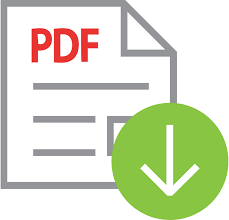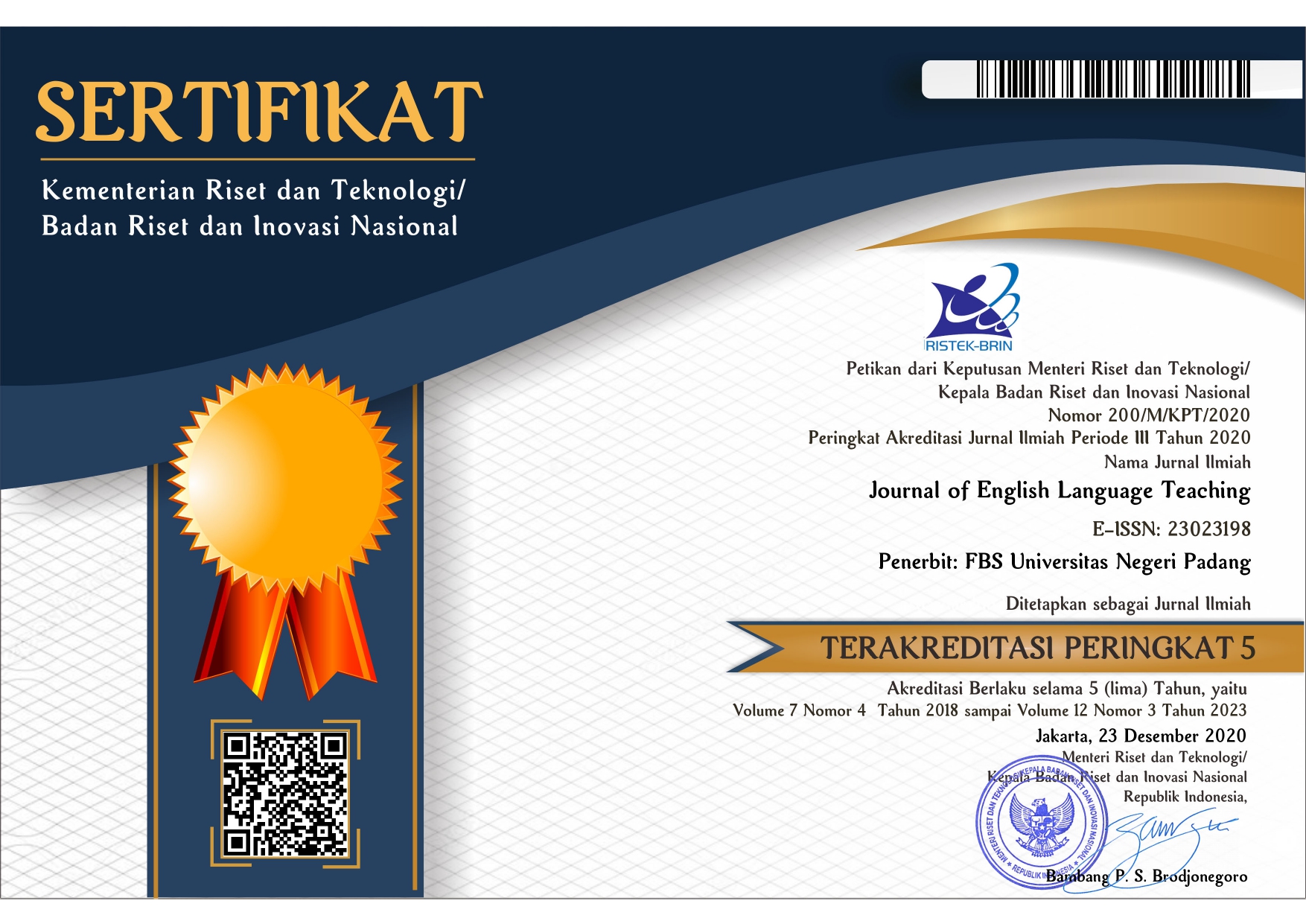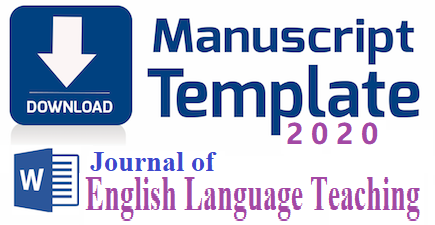Teachers’ Use of Wait Time: A Case Study of Questioning Strategies in SMAN Padang
 ), Yetti Zainil(2),
), Yetti Zainil(2), (1) Universitas Negeri Padang
(2) Universitas Negeri Padang
 Corresponding Author
Corresponding Author
Copyright (c) 2020 Fairatul Husna Daslin
DOI : https://doi.org/10.24036/jelt.v9i4.110338
Full Text:
 Language : en
Language : en
Abstract
References
Almeida, P. (2010). Questioning patterns and teaching strategies in secondary education. Procedia. Social and Behavioral Sciences, 2, 751-756. 10.1016/j.sbspro.2010.03.096.
Alsaadi, N, S. M., & Atar, C. (2019). Wait-time in Material and Classroom Context Modes. International Journal of Contemporary Educational Research, 6(1), 53-69. DOI:https://doi.org/10.33200/ijcer.542495
Beyer B.K. (1997).Improving students thinking: A comprehensive approach. Boston, Allyn and Bacon.
Black P, Harrison C, Lee C, Marshall B, Wiliam D. Working inside the Black Box: Assessment for Learning in the Classroom. Phi Delta Kappan. 2004;86(1):8-21. doi:10.1177/003172170408600105
Bond, N. (2008). Questioning strategies that minimize behaviour problems. The Education Digest, 73(6), 41-45.
Cho, Y.H., Lee, S.Y., Jeong, D.W., Im, S.J., Choi, E.J., Lee, S.H., Baek, S.Y., Kim, Y.J., Lee, J.G., Yi, Y.H., Bae, M.J. & Yune, S.J. (2012). Analysis of questioning technique during classes in medical education. BioMed Central, 12(39), 1-7.
Gaither, J. F. (2008). Questioning Techniques. Questioning Techniques: Retrievedon4February,2009.http://thesecondprinciple.com/teaching-essentials/five-basic-types-questions.
Gilliam, K., Baker, M., Rayfield, J., Ritz, R., & Cummins, G. (2018). Effects of Question Difficulty and Post-Question Wait-Time on Cognitive Engagement: A Psychophysiological Analysis. Journal of Agricultural Education. 59. 286-300. 10.5032/jae.2018.04286
Godfrey, K. A. (2001). Teacher Questioning Techniques, Student Responses and Critical Thinking (Master’s Thesis, Portland University). Retrieved https://eric.ed.gov
Good, T. L., & Brophy, J. E . (2003). Looking in the Classroom. 9th edition. Boston: Pearson Education Inc.
Ingram, J., & Elliot, V. (2014). Turn Taking and ‘Wait Time’ in Classroom Interactions. Journal of Pragmatics. 62.
Kaur, H., & S, Mehedhar. (2014). The Use of Wait-Time in Questioning During Reading Comprehension Lessons by Secondary School Teachers in Selangor. International Journal of Education and Social Science, 1(3), 70 - 73.
Lewis, K. G. (2015). Improving Specific Teaching Techniques: Developing Questioning Skills. Austin: The University of Texas Press
Lynch, T. (1991). Questioning Rolesin the Classroom. ELT Journal 45(2), 201-209
Mark. (2011). An exploration of speaking in class anxiety with chinese ESL learners, Elsevier, 39(2): 202-14
Price, K. M., & Nelson, K.L. (2007). Planning effective instruction: Diversity responsive methods and management. California: Thomson Wadsworth.
Qashoa, S. (2013). Effects of Teacher Question Types and Syntatic Structure on EFL Classroom Interaction. International Journal of Social Science,. 7. 52-62
Rowe, M.B. (1986). Wait Time: Slowing Down May Be a Way of Speeding Up. Journal of Teacher Education. 37. 43-50
Sidnell. (2010). Conversation analysis: An introduction, Chichester: Wiley-Blackwell.
Smith, L., & King, J. (2017). A Dynamic Systems approach to Wait Time in the Second Language Classroom. 68, 1-14.
Süt, A. M. (2020). Wait-time in an English for Academic Purposes (EAP) context: A conversation analytic perspective. Language Teaching and Educational Research (LATER), 3(1), 149-162. https://doi.org/10.35207/later.698861
Tobin, K. (1987). The Role of Wait Time in Higher Cognitive Level Learning. Review of Educational Research, 57(1), 69-95. Retrieved November 1, 2020, from http://www.jstor.org/stable/1170357
Walsh, J. A., & Sattes, D.B. (2005). Quality questioning: Research-based practice to engage every learner. California: Sage Publications.
Widana, I. W. (2016). Modul Penulisan Soal Hots Untuk Ujian Sekolah. Jakarta: Diresktorat Pembinaan SMA, Direktorat Jenderal Pendidikan Dasar dan Menengah Kementrian Pendidikan dan Kebudayan.
Wragg, E., & Brown, G. (2001) Questioning in the Secondary School. London: RoutledgeFalmer
Yaqubi, B., & Rokni, M. P. (2012). Teacher’s Limited Wait Time Practice and Learners’ Participation Oppotunities in EFL Classroom Interaction. Journal of English language teaching and learning, 10.
Yatağanbaba, E., & Yıldırım, R. (2016). Teacher Interruptions and Limited Wait Time in EFL Young Learner Classrooms. Procedia - Social and Behavioral Sciences. 232. 689-695. 10.1016/j.sbspro.2016.10.094
Zainil, Y. (2017). Stimulated recall Interview (SRI): Teacher’s Self Reflection (Doctoral dissertation, Dean University). Retrivied from https://pdfs.semanticscholar.org.
 Article Metrics
Article Metrics
 Abstract Views : 1569 times
Abstract Views : 1569 times
 PDF Downloaded : 222 times
PDF Downloaded : 222 times
Refbacks
- There are currently no refbacks.
Copyright (c) 2020 Fairatul Husna Daslin

This work is licensed under a Creative Commons Attribution-NonCommercial 4.0 International License.
















